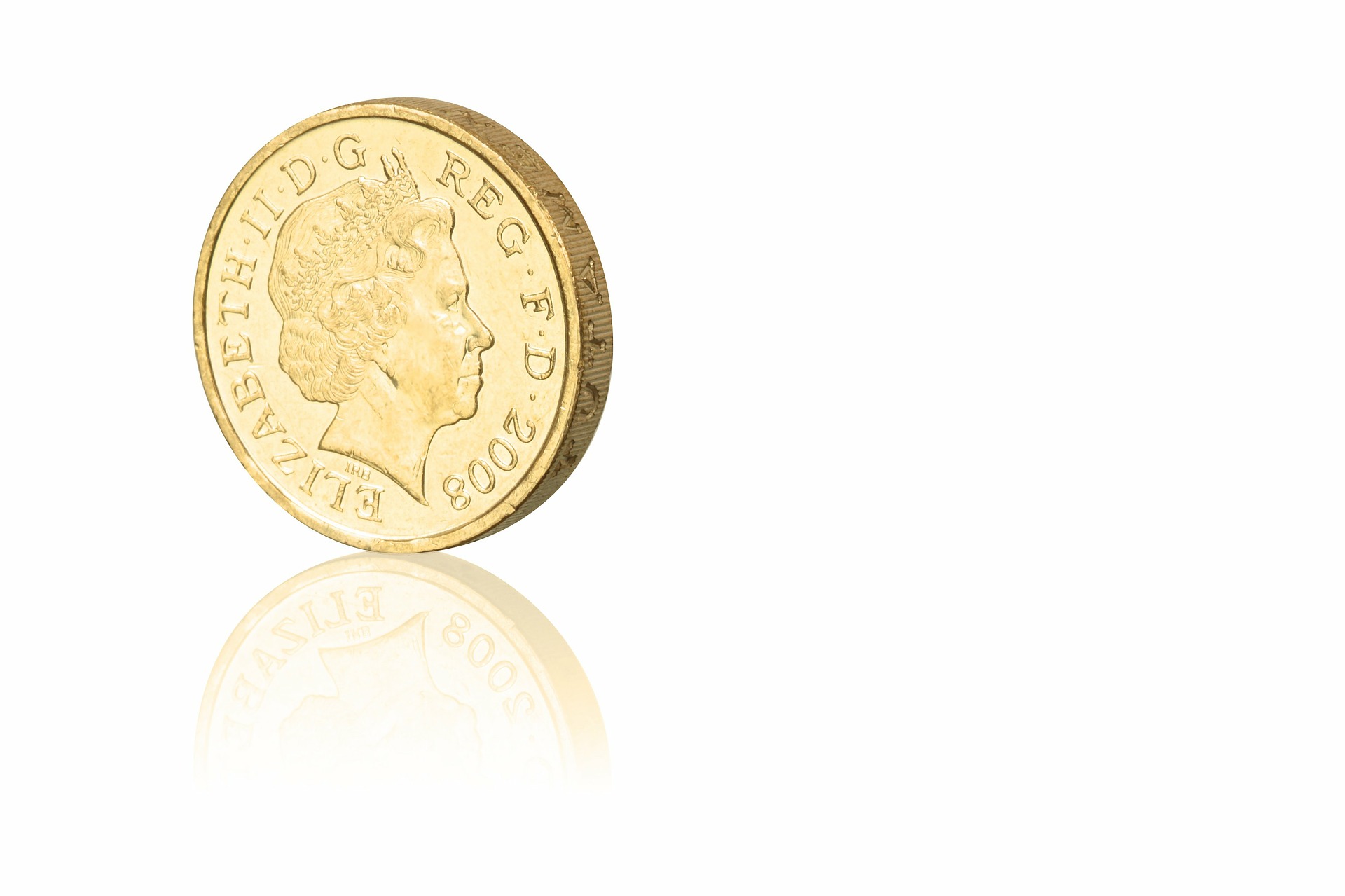UK’s downbeat economic data weighs on the British Pound to US Dollar as it slides to 1.3780 on September 7, as the Dollar strengthens and Brexit woes increase.

Downbeat data on the economy drags the British Pound to Dollar lower in the foreign currency exchange. The Brexit decision on Northern Ireland protocol will help solve trade conflicts between the Euro and the UK and strengthen the Sterling.
British Pound to US Dollar Below 1.38
The GBP/USD trades just below the 1.38 figure. It has strong support in the 1.36 area in the forex markets. The British Pounds to Dollars is below the 200-day SMA at 1.3815.
The US Dollar gains strength against major rival currencies and adds pressure on the British Pound to US Dollars. It shot up from 92.17 to 92.53 levels on Tuesday, September 7, 2021, an increase of 0.39% in the forex markets. The US yield is now at the 1.35% level. The US bond yields will play a dominant role in the USD price trends.
The Dollar to Euro conversion is moving lower to 1.1630 support levels after new tax hikes announcements from the government. It will hamper the economic rebound in the United Kingdom say, experts.
The Dollar Euro Exchange Rate trades within a narrow range. The ECB rate decision will determine the strength of the Dollar Euro exchange rate.
The Euro to Dollar conversion climbed higher after strong data from the Euro region last week. The downbeat data from the UK economy has brought down the Pound as business activity slowed down.
The US Dollar to Pounds is trading at 0.7255 Pound Sterling.
Brexit Woes Hits British Pound
The standoff between the United Kingdom and the European Union on the Northern Ireland protocol comes as grace period is almost ending, which adds pressure to the British Pound to the Dollar foreign exchange.
Ireland plays a major role in the Brexit talks. A permanent solution will help the Brexit trade deal and strengthen the Pound. Mutually agreed solutions are needed to resolve economic and political tensions caused by the Northern Ireland Protocol, say businesses and unions.
The Covid-19 Delta variant is fast spreading and worries investors in the Delta region, adding pressure on the Sterling.
The British Pounds to Dollars currency pair remains above the 200 DMA, which lent support to the Sterling in the forex currency exchange.
The UK Construction PMI is down at 55.2 in August, while it was 58.7 in July 2021. There is a severe shortage of building supply in the UK, which has made prices rise in the UK. The IHS Markit Construction Purchasing Managers Index is at 55.2. Supply chain disruptions affect the construction sector, as demand for materials is higher while supply is limited. Further, the transport sector is affected by frequent congestions at major ports, which adds pressure on the Sterling.
The BRC Retail Sales Monitor year-on-year has slid to 1.5%, while it was 4.7% earlier. The lifting of restrictions has not brought improvement in retail sales. Online sales remain strong. As people return to workplaces, fashion outlets see improvement in sales. Home office equipment has come down while household appliances are doing well.
The reopening of the leisure and hospitality sectors has improved overall consumer spending. The disappointing NFP data dashed all hopes for an immediate rate tapering by the Fed. Halifax HPI m/m is at 0.7%, while earlier, it was at 0.4%. Slowing growth in economic data keeps the British Pound to USD within a tight range.
UK Furlough Scheme to End Soon
7% of the working population still rely on the furlough scheme by the government. This scheme will end soon, which is a cause of concern. It has many dependents relying on its support. More than 1.7 million workers are on the furlough scheme. The number of vacancies will increase as the furlough scheme comes to an end. The British Chamber of Commerce predicts that the unemployment rate may increase 5% due to this factor. Smaller companies will be affected, as they cannot maintain the same level of employment and pay regular wages.
Chancellor Rishi Sunak says that the government must end subsidies to bring down public debt, as it is spiraling higher. Tax hikes announced today by Prime Minister Boris Johnson have kept the Sterling lower.
The furlough scheme introduced during the Covid-19 pandemic covers almost 80% of the regular monthly wage of employees.
Coronavirus in the UK
Almost 89% of people in the UK aged 16 and above have had their first vaccination dose against the coronavirus. More than 80% of them had their second dose. The number of daily cases fell in July. But in August and September, the number is slowly rising.
Prime Minister Boris Johnson lifted international restrictions in the country in July. But he also cautions the public, saying that the pandemic is not over and social distancing has to continue.
Schools and businesses have reopened, and the economy may recover fast, say analysts. If covid cases rise again, economic growth in the UK may be short-lived.